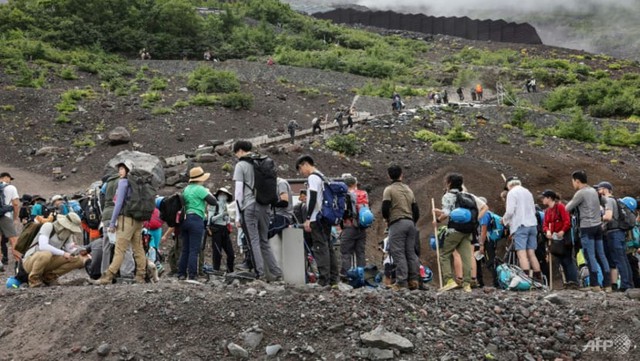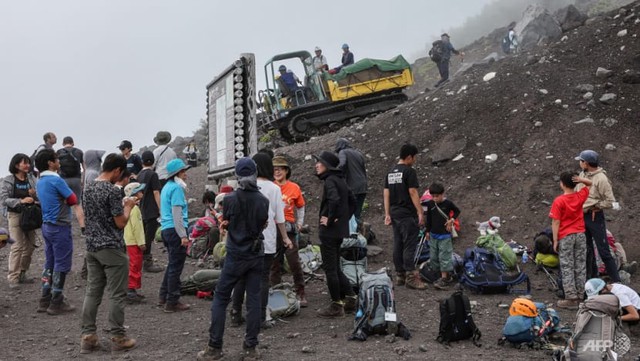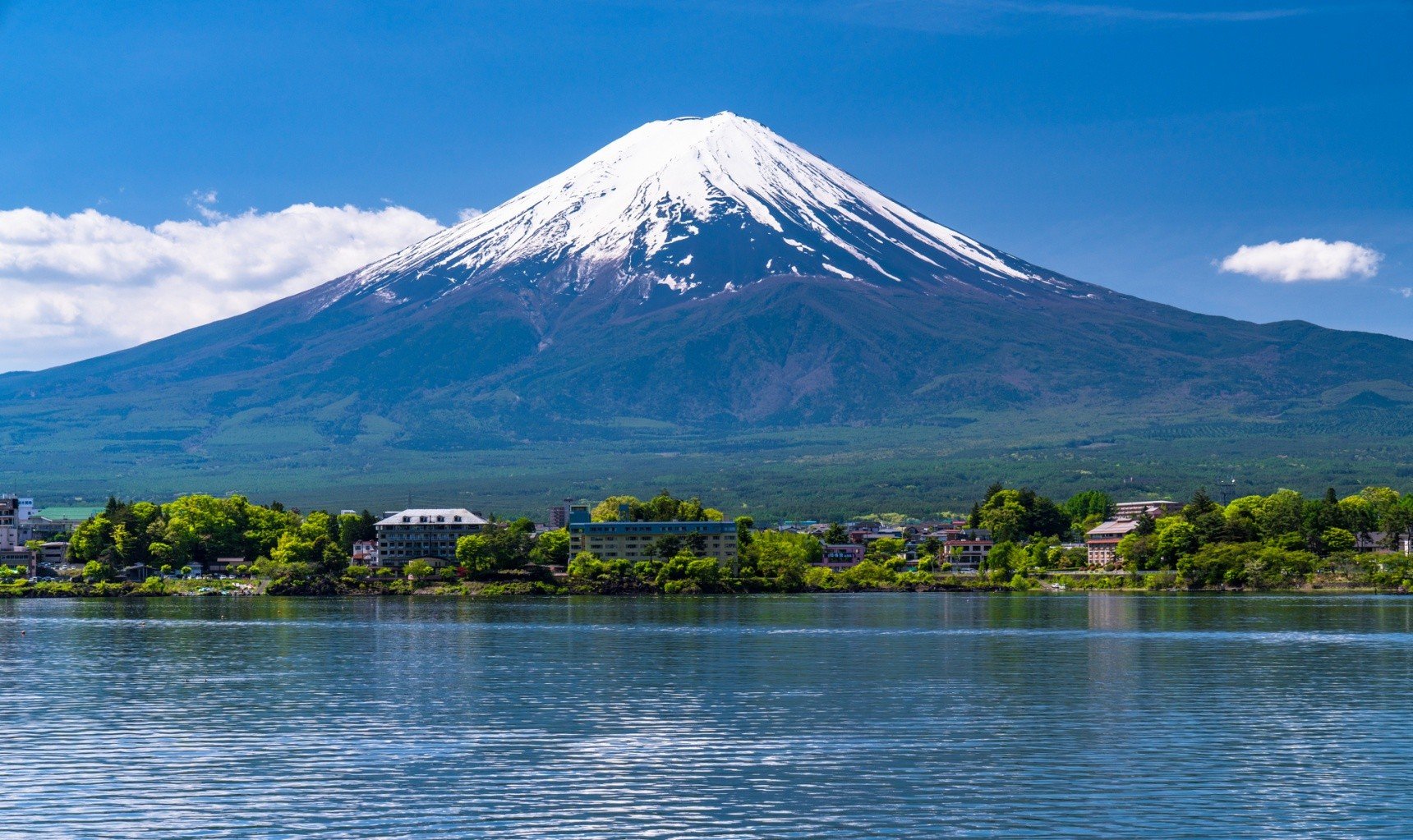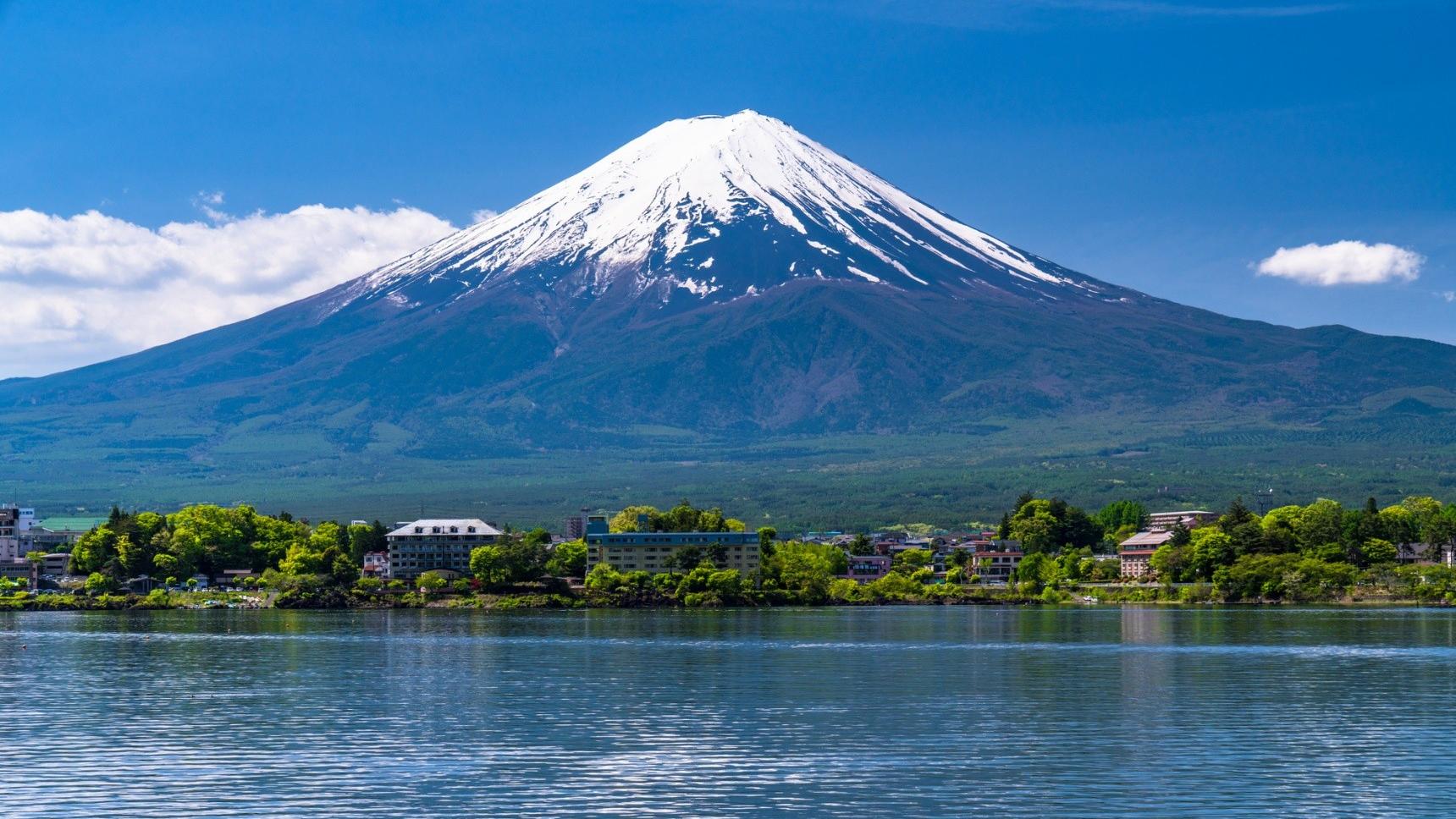With millions of tourists flocking to the mountain every year, and with numerous tourist services such as buses, cargo trucks and a series of shops selling food and souvenirs, Japan's Mount Fuji is no longer the peaceful pilgrimage site it once was.
Now, Japanese authorities are aware of the implications of this situation and warn that the large numbers of people climbing the world-famous volcano, day and night, is a danger and has many consequences for the ecosystem. The local governor said last week: "Mt. Fuji is crying for help."

Huge numbers of tourists flock to Mount Fuji every year. Photo: AFP.
To honor the importance of this mountain to Japanese religion and inspiration for artists, in 2013 UNESCO included Mount Fuji – a famous symbol of Japan – in the World Heritage List.
However, just like what happened to Bruges Mountain in Belgium or Sugarloaf Mountain in Rio de Janeiro, Mount Fuji becoming a UNESCO Heritage Site is both great news and a dark side.
Between 2012 and 2019, the number of visitors to Mount Fuji more than doubled to 5.1 million. And that's just counting the number of climbers using the main starting point in Yamanashi Prefecture.
Large flow of tourists day and night
Not only during the day but also at night, there are many tourists moving up the 3,776m high mountain. At night, long lines of people carrying torches go up the mountain to watch the sunrise.
The main starting point for the climb is a car park and can only be reached by taxi or bus. It is about 100km from Tokyo and takes a few hours to get there.
There are a number of restaurants and shops that sell souvenirs, snacks and drinks for hikers before they set off. The small shops are powered by diesel generators and use thousands of liters of water that are brought in by trucks. The trucks also collect and dump rubbish.
"I saw a lot of leftover food and empty water bottles lying around the hand-washing area in the restroom," complained Yuzuki Uemura, 28, a Japanese hiker.
Many safety risks
Masatake Izumi, a local official, said the large crowds increased the risk of accidents.
Some of the night climbers "suffered from hypothermia and had to be brought back to the first aid station," he told AFP.
At least one person has died during this year’s climbing season. Before climbing, visitors can choose to buy a booklet in Japanese — with a QR code for the English version — listing some dos and don’ts for 1,000 yen ($6.80).

Some tourists were not well prepared for the climb. Photo: AFP.
However, some people don't realize how difficult the five- to six-hour climb to the summit is, where oxygen levels are lower and the weather can change rapidly.
"It's almost winter up there, it's very cold. People should prepare a little bit because some people are not ready to climb Mount Fuji. They wear very thin clothes... Some people look very sick," Rasyidah Hanan, a 30-year-old climber from Malaysia, told AFP on their way down.
Need to control the number of tourists
As tourist numbers return to pre-pandemic levels, not just Mount Fuji but many other locations could see a surge in visitors, which is what Japanese officials are concerned about.
Japanese government ministers met this week to discuss measures to cope with the upcoming influx of tourists at popular sites.
For Mount Fuji, local authorities announced last month that they would for the first time impose crowd control measures if climbing trails become overcrowded.
The number of visitors to Japan is expected to fall slightly this year compared to 2019, but by 2024 the figure could rise again as tourists - especially from China - return.
Yamanashi Governor Kotaro Nagasaki said last week that Japan needs to take measures to ensure Mount Fuji does not lose its UNESCO status.
“We firmly believe that for Mt. Fuji tourism, a shift from a quantity to a quality approach is necessary,” said Mr. Nagasaki.
"I think Mount Fuji is one of the places that Japan is proud of. There are many people coming, including many foreigners," said Marina Someya, 28, a Japanese tourist.



































